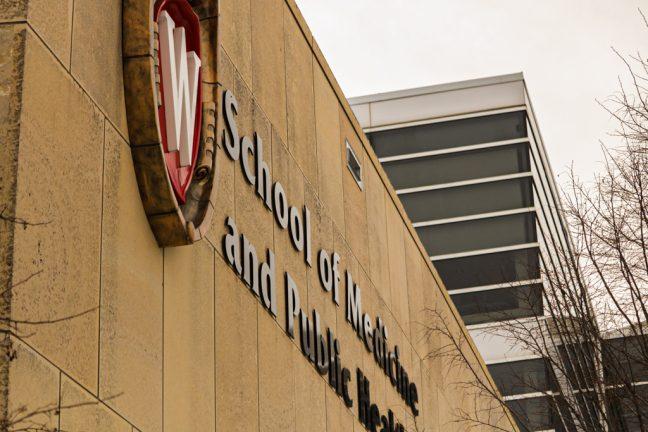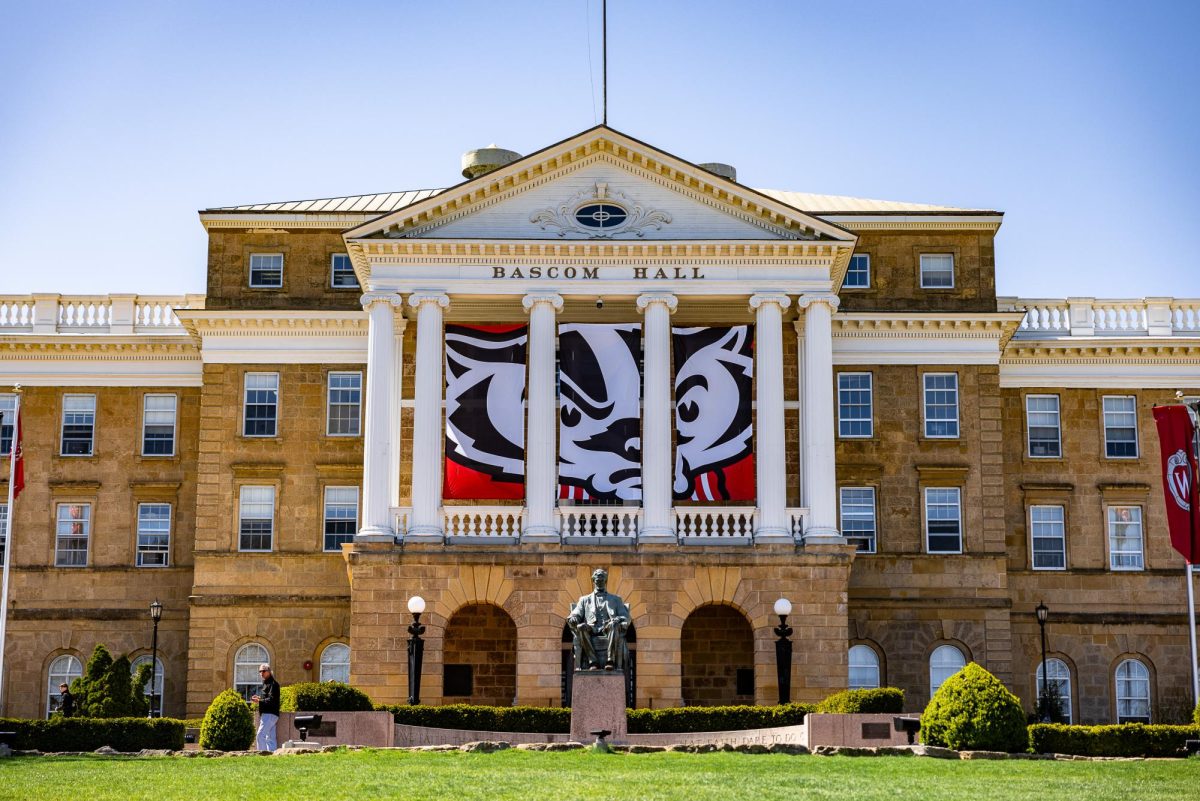With close to four million more students enrolled in school than before the 2007 recession, schools across the country are receiving less funding because of it, according to a new report from a nonprofit think tank released Thursday.
After analyzing state budgets from the past six years, the Center on Budget and Policy Priorities said in its report that 34 states are providing less funding per student this year than before 2007, largely because of the increasing costs of state-funded services since the Great Recession began as a result of inflation, demographic changes, rising needs and lack of federal funding.
In Wisconsin, there has been a negative $1038 change in dollars spent per student since 2008, the second highest cuts in the country and the highest cuts in the Midwest.
Other Midwestern states experiencing negative changes since 2008 in spending per student include Michigan, at negative $572 per student, Illinois at negative $202 per student and Ohio at negative $21 per student, the report said.
Minnesota and Iowa both increased spending per student. Indiana was not included in the report.
Even in times of funding increases, the increases are generally not enough to alleviate the cuts made in the past several years, the report said.
The state’s Department of Public Instruction advocated for amendments to the budget bill passed in June that would have given an extra $75 per student spending for the 2013-2014 school year, with an additional $75 per student in the 2014-2015 school year, for a total of $150 per student increase in the biennium.
However, DPI budget requests show the agency advocated for more spending rather than less.
“There is more than enough revenue to increase funding for public schools and implement school finance reform – but this budget sets different priorities,” the DPI request said.
With close to four million more students enrolled in school than before the 2007 recession, schools across the country are receiving less funding because of it, according to a new report from a nonprofit think tank released Thursday.
After analyzing state budgets from the past six years, the Center on Budget and Policy Priorities said in its report that 34 states are providing less funding per student this year than before 2007, largely because of the increasing costs of state-funded services since the Great Recession began as a result of inflation, demographic changes, rising needs and lack of federal funding.
In Wisconsin, there has been a negative $1038 change in dollars spent per student since 2008, the second highest cuts in the country and the highest cuts in the Midwest.
Other Midwestern states experiencing negative changes since 2008 in spending per student include Michigan, at negative $572 per student, Illinois at negative $202 per student and Ohio at negative $21 per student, the report said.
Minnesota and Iowa both increased spending per student. Indiana was not included in the report.
Even in times of funding increases, the increases are generally not enough to alleviate the cuts made in the past several years, the report said.
The state’s Department of Public Instruction advocated for amendments to the budget bill passed in June that would have given an extra $75 per student spending for the 2013-2014 school year, with an additional $75 per student in the 2014-2015 school year, for a total of $150 per student increase in the biennium.
However, DPI budget requests show the agency advocated for more spending rather than less.
“There is more than enough revenue to increase funding for public schools and implement school finance reform – but this budget sets different priorities,” the DPI request said.
UPDATE:
In Madison, Michael Barry, budget director for the Madison Metropolitan School District, said protecting students has become the priority, with teachers and staff bearing the brunt of the cuts.
Madison teachers are now paying half their pension and higher insurance costs, in addition to experiencing salary freezes, Barry said.
Barry added he hopes the changes in revenue will not affect students.
“The immediate impact on students has been shielded, but over the long term, we are going to have to work very hard to continue to shield students from that impact if our revenue prospects don’t improve,” Barry said.
Barry did not address the increase in funding for private voucher schools.
According to DPI requests, revenues for public schools will also go down as revenues for voucher schools will go up, which “closes the gap the wrong way.”
In the June budget for 2013-2015, public schools did not receive revenue in per-pupil increases. However, independent charter schools and voucher schools received between $150 and $1400 per student.
DPI requests also said school funding should not be tied to performance because funding will go to affluent districts with high student performance, instead of urban or rural districts that do not have as high of performance.
A bill to tie school performance to funding and would create report cards based on such performances is currently in the Senate Committee on Education, chaired by bill author, Sen. Luther Olsen, R-Ripon.
“I think the Legislature should be good stewards of taxpayer dollars, and no matter if you’re a public, charter or choice school, if you get a check, you’re going to get a yearly checkup,” Olsen said in a public hearing Thursday.
Assembly Speaker Robin Vos, R-Rochester, also announced the creation of a task force to address issues faced by rural schools, including financial stability.
Calls to Rep. Steve Kestell, R-Elkhart Lake, chair of the Assembly Committee on Education, and Rep. Steve Nass, R-Whitewater, education committee member, were not returned.
According to DPI requests, revenues for public schools will also go down as revenues for voucher schools will go up, which “closes the gap the wrong way.”
In the June budget for 2013-2015, public schools did not receive revenue in per-pupil increases. However, independent charter schools and voucher schools received between $150 and $1400 per student.
DPI requests also said school funding should not be tied to performance because funding will go to affluent districts with high student performance, instead of urban or rural districts that do not have as high of performance.
A bill to tie school performance to funding and would create report cards based on such performances is currently in the Senate Committee on Education, chaired by bill author, Sen. Luther Olsen, R-Ripon.
“I think the Legislature should be good stewards of taxpayer dollars, and no matter if you’re a public, charter or choice school, if you get a check, you’re going to get a yearly checkup,” Olsen said in a public hearing Thursday.
Assembly Speaker Robin Vos, R-Rochester, also announced the creation of a task force to address issues faced by rural schools, including financial stability.
Calls to Rep. Steve Kestell, R-Elkhart Lake, chair of the Assembly Committee on Education, and Rep. Steve Nass, R-Whitewater, education committee member, were not returned.
DPI declined to comment on the CBPP report.















